Illuminate Your Vision: Stage Lighting Secrets From the Pros
Understanding the Fundamentals: Light, Color, and Mood
Before diving into advanced techniques, mastering the basics of stage lighting is crucial. This involves understanding the interplay of light intensity (measured in lumens or lux), color temperature (measured in Kelvin – cooler temperatures appear bluer, warmer temperatures appear yellower), and the overall mood you aim to create. Different colors evoke different emotions; blues often suggest calmness or sadness, reds can portray anger or passion, while yellows might represent happiness or warmth. Learning to manipulate these elements will significantly impact the effectiveness of your lighting design. Consider investing in a color temperature meter and lux meter to gain precise control over your lighting setup. Understanding the color wheel and its complementary colors is also critical in achieving visually stunning effects.
Beyond the Basics: Exploring Advanced Lighting Techniques
Once you’ve grasped the fundamentals, you can explore more sophisticated techniques. This includes:
Gobo Projection:
Adding texture and depth to your stage with gobo projections can transform a simple scene into something truly captivating. Gobos are metal templates placed in front of a lighting fixture to project patterns onto the stage. Experiment with different gobo designs, from simple shapes to intricate patterns, to create unique visual effects. Consider the size and placement of your gobo for optimal projection.
Color Mixing:
Mastering color mixing allows you to create a wide spectrum of colors beyond those available in your lighting inventory. By combining primary colors (red, green, and blue), you can achieve countless subtle variations and nuanced effects, tailoring the ambiance perfectly to your production.
Lighting Layering:
Effective stage lighting rarely relies on a single light source. Layering different lighting instruments – including spotlights, wash lights, and backlights – adds depth and complexity. Each light layer can serve a different purpose, highlighting specific actors, creating atmospheric effects, or drawing attention to key stage elements.
Moving Lights and Automation:
Moving lights provide dynamic and exciting possibilities, allowing for precise control of light position, color, and intensity during a performance. Understanding how to program moving lights effectively is a valuable skill for any serious lighting designer. Explore automation software to synchronize light movements with the rhythm and flow of your production.
Essential Equipment for Aspiring Lighting Designers
Investing in high-quality equipment is paramount for achieving professional results. This includes:
- Intelligent Lighting Fixtures: These offer a wide range of control options, enabling precise adjustments to color, intensity, and movement.
- Dimmers and Controllers: Essential for managing the intensity of your lights and creating smooth transitions.
- Lighting Consoles: These provide centralized control over your lighting system, allowing for complex programming and automation.
- Gel Filters: These colored filters modify the color output of your lights, creating various atmospheric effects.
Tips for Optimizing Your Stage Lighting Setup
To make the most of your lighting, consider these practical tips:
- Plan your lighting design meticulously before the event.
- Consider the size and shape of your stage.
- Account for potential obstacles, such as set pieces or audience members.
- Test your lighting setup thoroughly before the performance.
- Always have backup lighting equipment on hand.
Conclusion: Unlocking the Power of Stage Lighting
Mastering stage lighting takes time, practice, and a keen eye for detail. By understanding the fundamentals, exploring advanced techniques, and investing in quality equipment, you can unlock the true power of light to transform your stage performances. Embrace experimentation and continuously refine your skills to create truly unforgettable visual experiences. Remember that stage lighting is a powerful tool that elevates storytelling and captivates audiences; use it wisely to bring your vision to life.


 Auditorium Construction Services
Auditorium Construction Services 